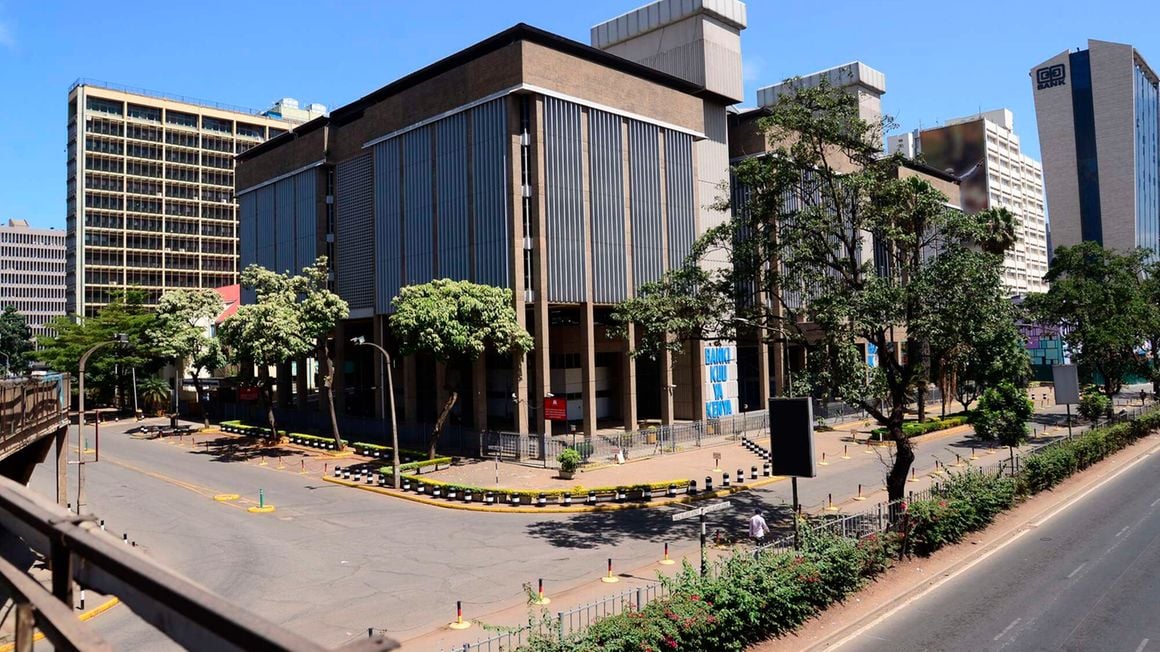Investors book record returns in the March infrastructure bond

The March infrastructure bond (IFB) whose sale closed this week will pay investors tax-free interest of 14.39 percent, making it the most lucrative outstanding government security in the market.
The Central Bank of Kenya (CBK) said on Wednesday that the 17-year bond, which had targeted Sh50 billion, realised investor bids worth Sh59.77 billion, out of which the government took up Sh50.88 billion.
The average rate of the accepted bids was 14.39 percent, against an average of 14.47 percent demanded by investors.
Infrastructure bonds are typically oversubscribed due to their tax-free status. Interest income on other government bonds is taxed at a rate of between 10 percent and 15 percent depending on duration.
This means that for a normal long-term bond to match the interest return being paid on the March IFB, it would need to pay about 15.99 percent in interest before tax.
After holding out for most of last year against breaching the 14 percent level on bond issuances, the CBK has in this year’s sales shown a willingness to take up more expensive bids, reflecting the pressure on the government to raise revenue.
The government has been leaning on domestic borrowing to plug the budget deficit of Sh833.9 billion in the current fiscal year after rising interest rates in developed economies made borrowing from external sources untenable for the country, aside from concessional loans from the World Bank and the International Monetary Fund (IMF).
Analysts at city-based investment bank AIB AXYS Africa also pointed to the heavy volume of domestic debt maturities and interest payments this month (Sh198 billion) as another factor behind the possible high uptake of bids on the paper.
Of these debt service costs, Sh61.5 billion is going towards bond maturities, with the government spending Sh34.8 billion to retire part of these maturities out of the Sh50.88 billion it raised in the March bond sale.
Investors have also been keeping an eye on the high inflation rate and the depreciating shilling when bidding for government securities.
These two factors have led to higher rate demands as investors seek to shield themselves against the erosion of their returns.
For foreign investors—who normally participate well in infrastructure papers— the shilling’s slide against the dollar presents an additional risk of forex losses on their returns, hence the higher rate demands.

